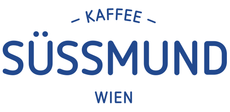coffee filter
There are various ways to brew filter coffee. One of these is to manually pour over a coffee filter made of porcelain, plastic, glass, or stainless steel. This gives you more control over the extraction compared to a filter coffee machine. We'll explain the different types of coffee filters and how they differ.
Availability (1)
Price
No products in this collection
Coffee filters from Süssmund Kaffee

Why you should brew filter coffee by hand

Hario V60 Kasuya coffee filter from the Brewers Cup Champion
Frequently Asked Questions
How do you filter coffee properly?
Why use porcelain coffee filters?
What difference does the shape of a coffee filter make?
